Herbs are a staple in kitchens, gardens, and natural medicine cabinets. While many gardeners grow annual herbs that require replanting each year, perennial herbs offer a remarkable advantage: plant them once, and they provide years of continual harvests. These long-lived herbs not only save time and money but also create a sustainable, low-maintenance garden.
In this guide, we explore seven perennial herbs that thrive year after year, offering culinary, medicinal, and ornamental benefits. We’ll cover growth requirements, harvesting tips, and care strategies to help your herb garden flourish indefinitely.
1. Rosemary (Rosmarinus officinalis)
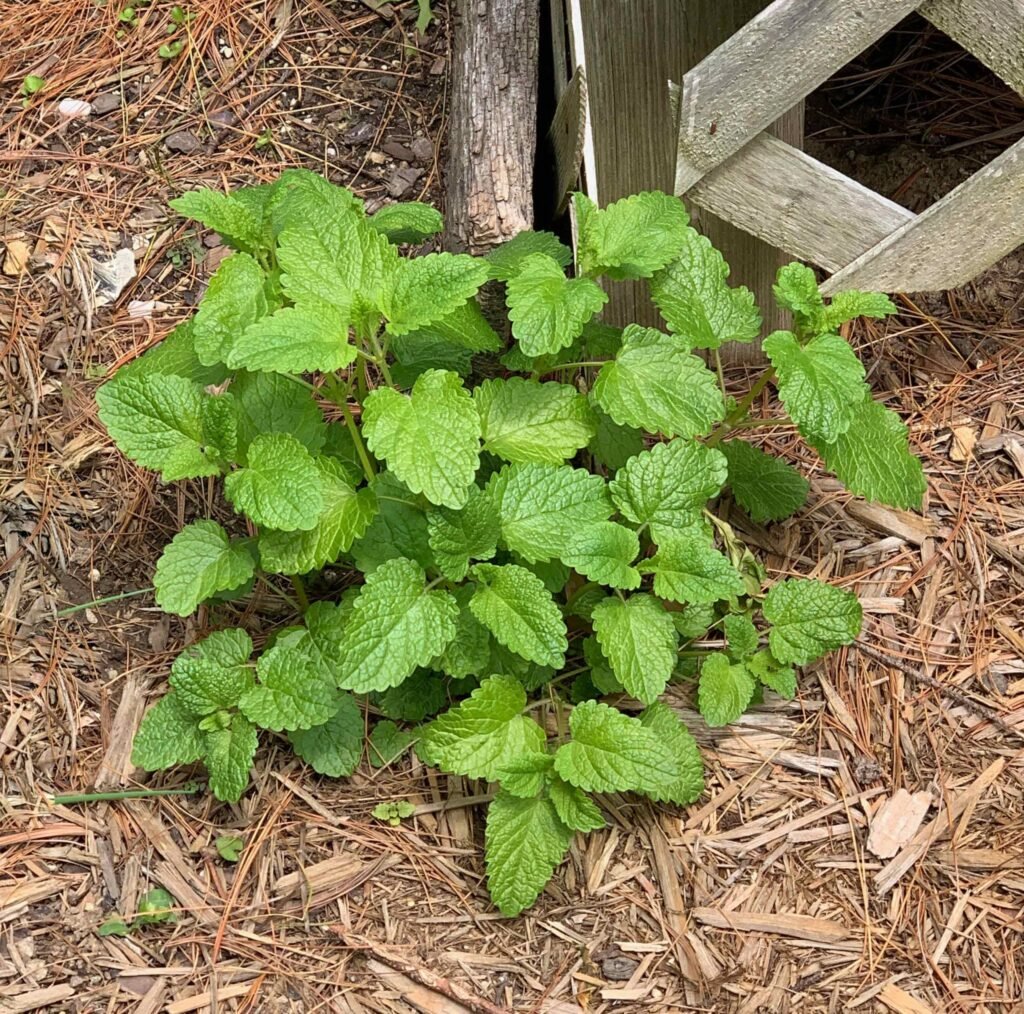
Rosemary is an aromatic, evergreen herb with needle-like leaves and woody stems that can live for decades in the right conditions.
- Growing Conditions: Full sun, well-drained soil, and minimal water once established.
- Harvesting Tips: Snip stems as needed for cooking or drying. Frequent light harvesting encourages bushier growth.
- Perennial Benefits: Rosemary withstands mild winters and keeps producing flavorful leaves year after year.
- Additional Uses: Beyond the kitchen, rosemary is great for essential oils, teas, and natural pest repellents.
Expert Tip: Avoid cutting more than one-third of the plant at a time to prevent stress.
2. Thyme (Thymus vulgaris)
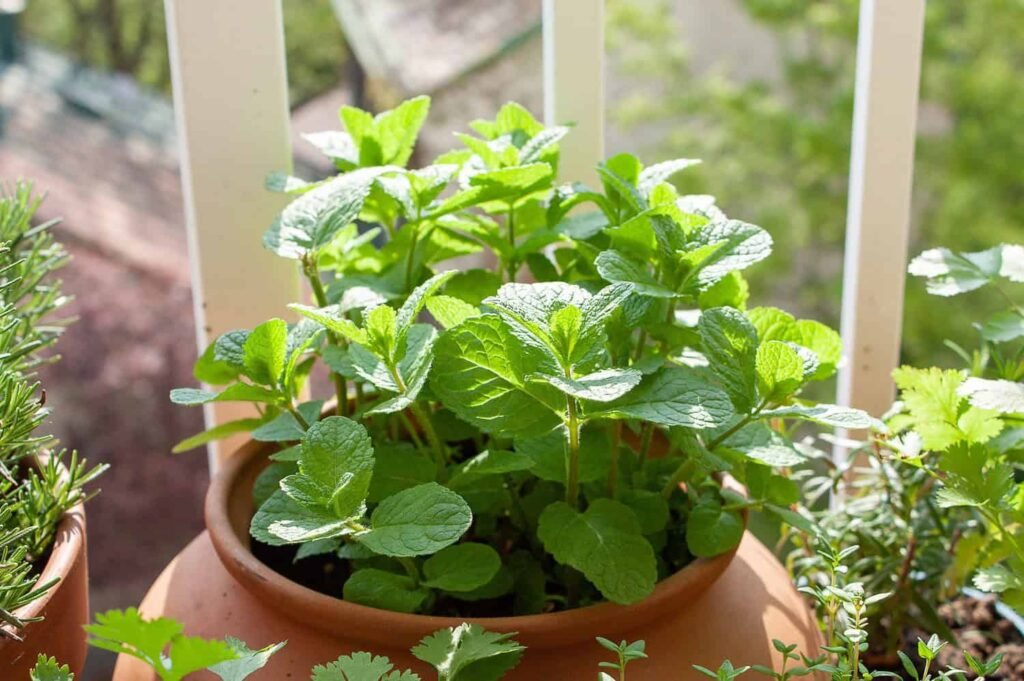
Thyme is a low-growing herb with tiny leaves and a strong, earthy flavor that intensifies with age.
- Growing Conditions: Thrives in full sun with well-draining soil; drought-tolerant once established.
- Harvesting Tips: Pinch or snip stems throughout the growing season. Frequent trimming prevents woodiness and promotes new growth.
- Perennial Benefits: Thyme can survive multiple winters and gradually expand, forming dense ground cover.
- Additional Uses: Perfect for cooking, teas, aromatherapy, and companion planting in vegetable gardens.
Expert Insight: Thyme is resilient and low-maintenance, making it ideal for both beginners and experienced gardeners.
3. Sage (Salvia officinalis)
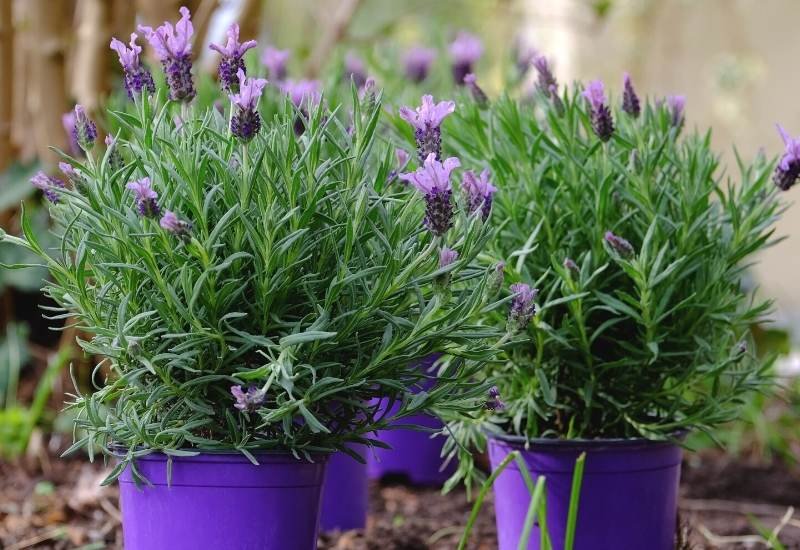
Sage is a hardy, woody perennial with silvery-green leaves and a pungent aroma.
- Growing Conditions: Full sun, well-draining soil, moderate watering. Prune in spring to encourage bushy growth.
- Harvesting Tips: Cut leaves as needed for cooking or drying. Avoid removing more than a third of the plant at once.
- Perennial Benefits: Sage can live for 5–10 years or longer with proper care, producing flavorful leaves season after season.
- Additional Uses: Sage is valued for medicinal teas, smudging rituals, and ornamental garden use.
Pro Tip: Protect sage from excessive winter moisture to prevent root rot.
4. Oregano (Origanum vulgare)
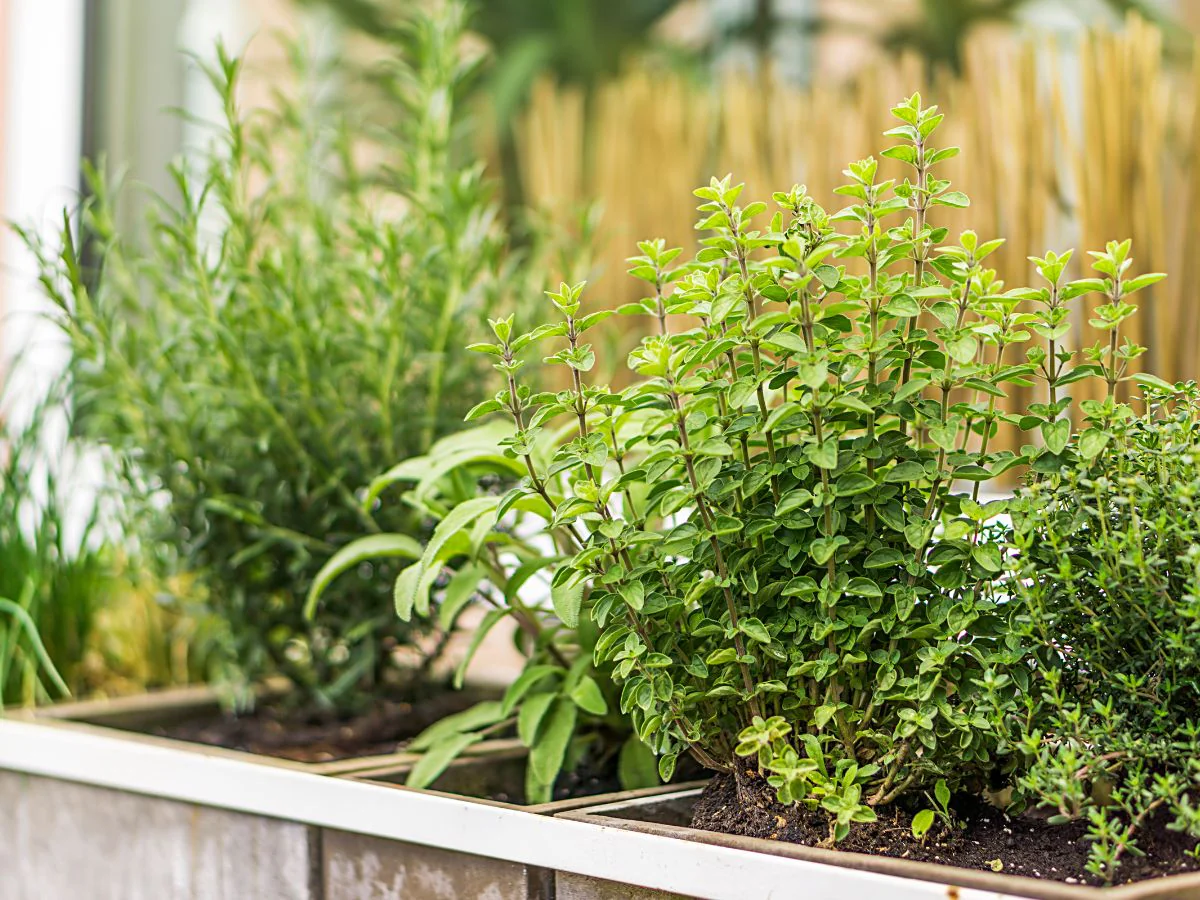
Oregano is a versatile, spreading herb with robust flavor often associated with Italian and Mediterranean cuisine.
- Growing Conditions: Full sun, well-draining soil; tolerates drought once established.
- Harvesting Tips: Pinch stems frequently during summer to encourage a dense, productive plant.
- Perennial Benefits: Oregano often survives multiple years, becoming more flavorful as it matures.
- Additional Uses: Great for cooking, teas, natural remedies, and ornamental ground cover.
Expert Insight: Divide mature oregano plants every few years to maintain vigor and prevent overcrowding.
5. Chives (Allium schoenoprasum)
Chives are a mild onion-flavored herb that forms dense clumps of slender, tubular leaves and purple flowers.
- Growing Conditions: Full sun to partial shade, rich soil, and consistent moisture.
- Harvesting Tips: Snip leaves from the base; flower buds can also be used for culinary decoration.
- Perennial Benefits: Chives multiply over time, providing continuous harvests without replanting.
- Additional Uses: Chives attract pollinators and can be used in culinary dishes, garnishes, and companion planting.
Pro Tip: Trim flower stalks after blooming to redirect energy to leaf production.
6. Lemon Balm (Melissa officinalis)
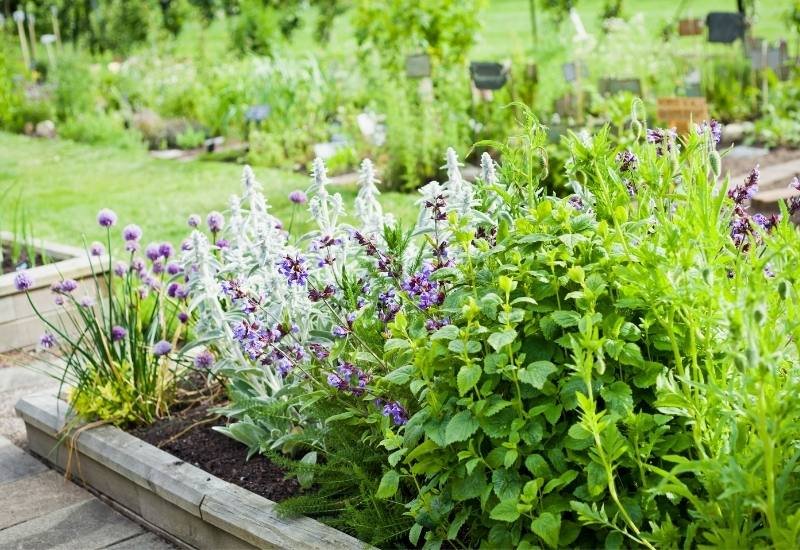
Lemon balm is a fragrant, bushy perennial with citrus-scented leaves ideal for teas, desserts, and herbal remedies.
- Growing Conditions: Full sun to partial shade, well-draining soil; moderate watering.
- Harvesting Tips: Snip leaves regularly to encourage new growth and prevent excessive spreading.
- Perennial Benefits: Lemon balm can live several years, providing abundant harvests each season.
- Additional Uses: Ideal for calming teas, natural insect repellents, and ornamental borders.
Expert Insight: Lemon balm can spread aggressively; contain it in pots or designated garden areas to prevent overtaking other plants.
7. Tarragon (Artemisia dracunculus)
Tarragon is a fragrant, culinary herb particularly valued in French cooking for its subtle anise-like flavor.
- Growing Conditions: Full sun, well-draining soil; drought-tolerant once established.
- Harvesting Tips: Snip stems as needed; cut back lightly after flowering to maintain vigor.
- Perennial Benefits: Tarragon thrives for many years, providing fresh leaves throughout the growing season.
- Additional Uses: Perfect for culinary sauces, salads, herbal infusions, and ornamental purposes.
Pro Tip: Russian tarragon is hardier and more perennial than French tarragon but has a slightly milder flavor.
Tips for Maximizing Your Perennial Herb Garden
- Plant in Well-Draining Soil: Prevents root rot and supports healthy, long-lived herbs.
- Provide Adequate Sunlight: Most perennial herbs thrive in 6–8 hours of full sun per day.
- Regular Harvesting: Frequent pruning encourages bushy growth, more leaves, and prolonged production.
- Fertilization: Use organic compost or balanced fertilizer to maintain soil fertility without over-stimulating leafy growth.
- Winter Care: Mulch sensitive herbs in colder climates to protect roots from frost.
- Monitor for Pests: Regularly inspect plants for aphids, spider mites, or fungal diseases.
Benefits of Growing Perennial Herbs
- Sustainability: Plant once and enjoy years of harvest, reducing labor and cost.
- Flavor Intensity: Many perennial herbs develop stronger flavors as they mature.
- Pollinator Support: Herbs like chives, lemon balm, and oregano attract bees and beneficial insects.
- Aesthetic Appeal: Perennials provide structure and greenery in the garden year after year.
- Low Maintenance: Once established, perennial herbs often require minimal care compared to annual herbs.
Conclusion
Perennial herbs are a gardeners’ delight, offering continuous harvests, vibrant flavor, and long-term value. By planting herbs like rosemary, thyme, sage, oregano, chives, lemon balm, and tarragon, you can enjoy a self-sustaining, productive herb garden with minimal effort.
Key Takeaways:
- Select hardy, long-lived varieties suitable for your climate.
- Harvest regularly to encourage bushy, productive growth.
- Prepare soil and care for winter dormancy to maintain perennial health.
- Consider companion planting strategies to maximize space and benefits.
With proper care and attention, these seven perennial herbs provide years of culinary, medicinal, and ornamental rewards, making them a cornerstone of any sustainable garden. Plant once, nurture well, and reap the benefits season after season.
